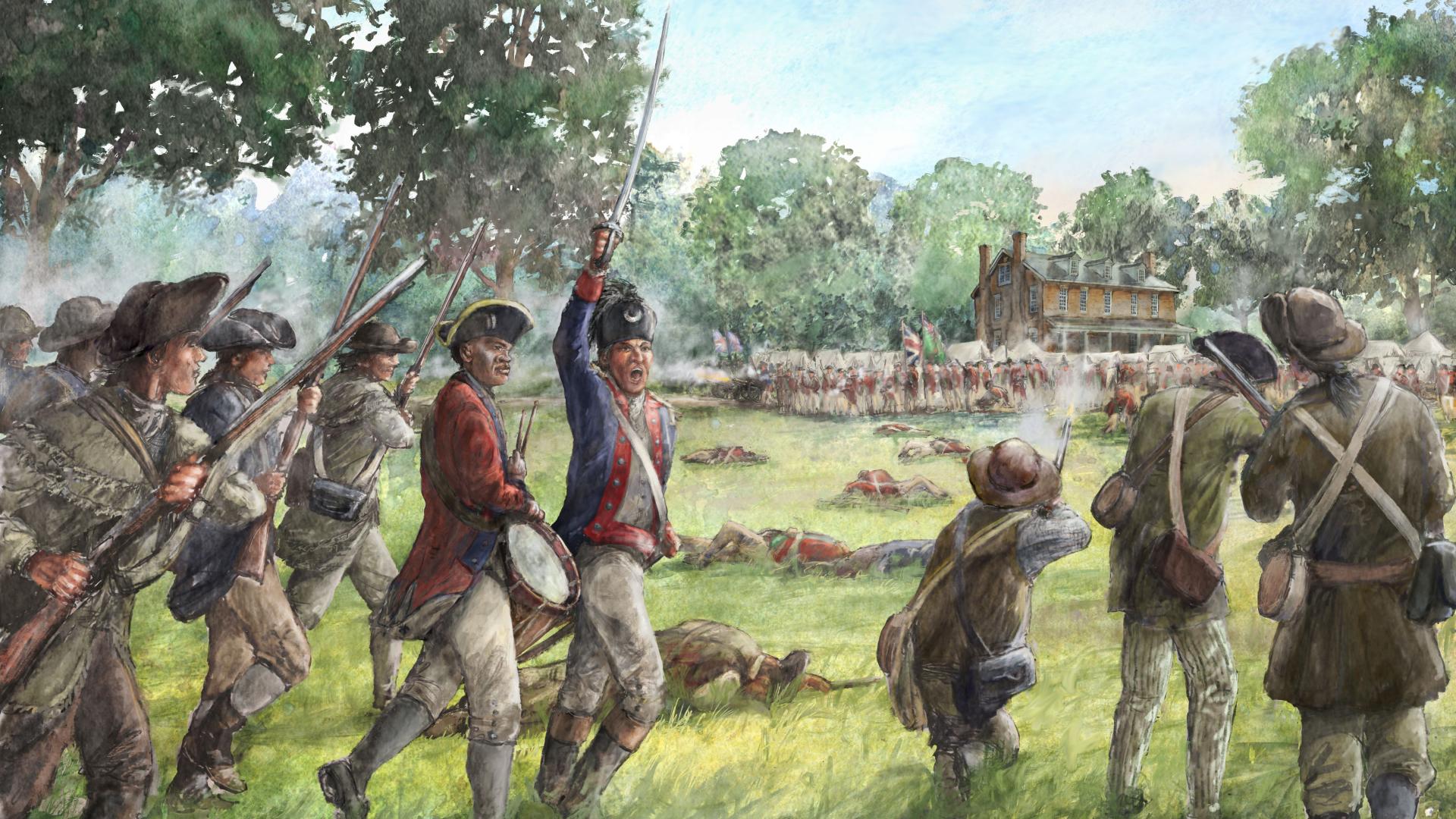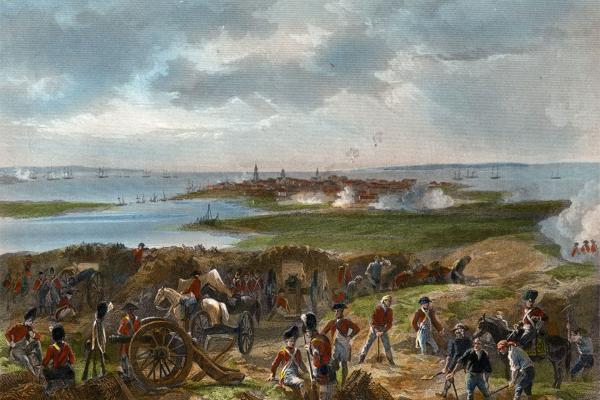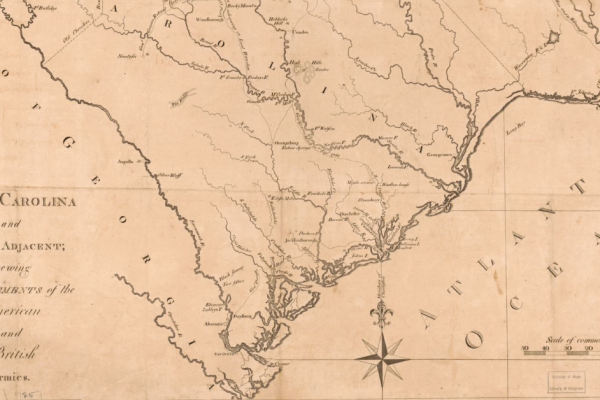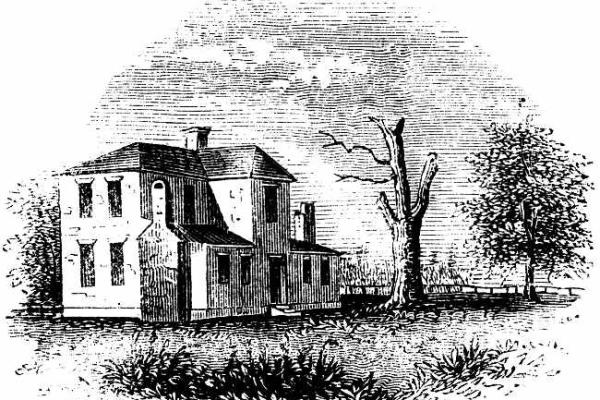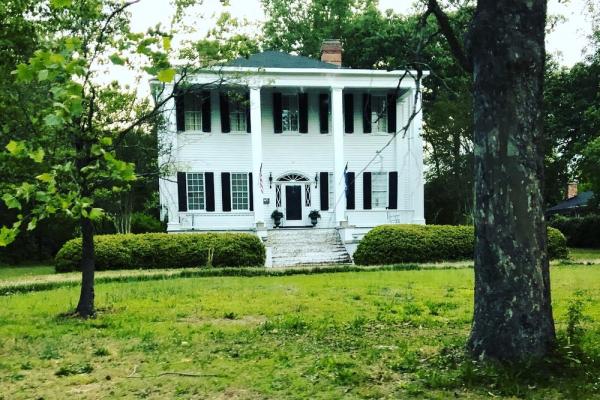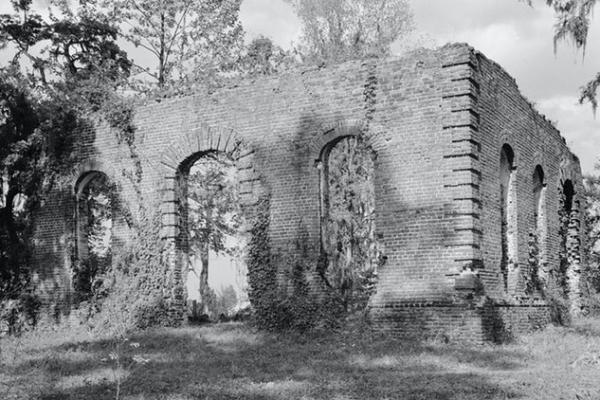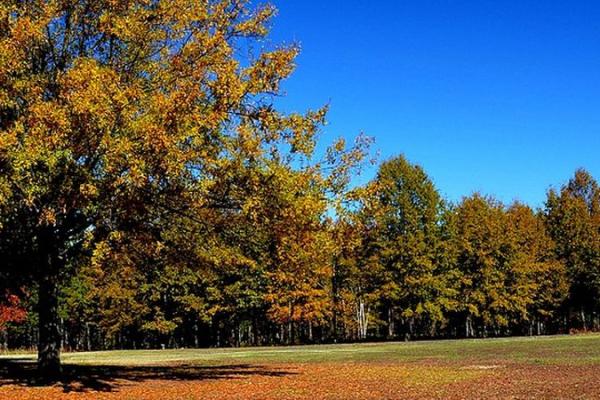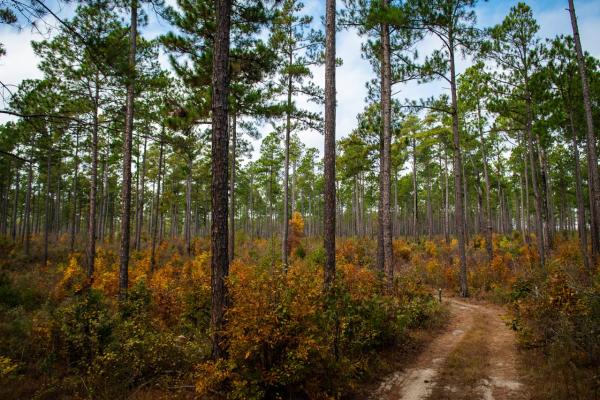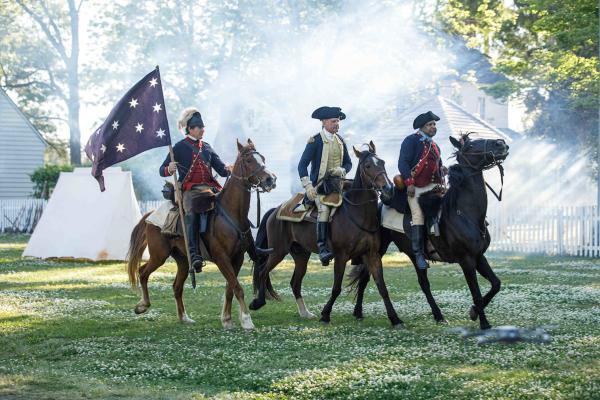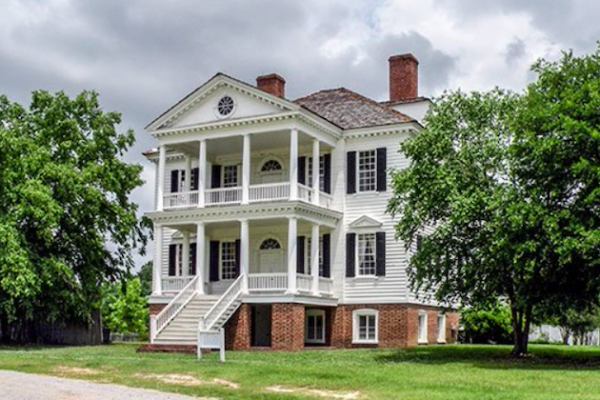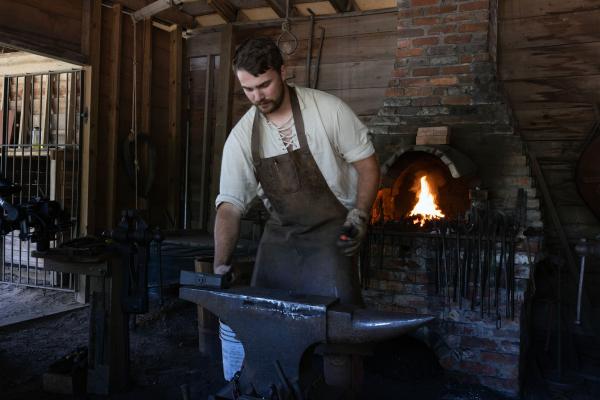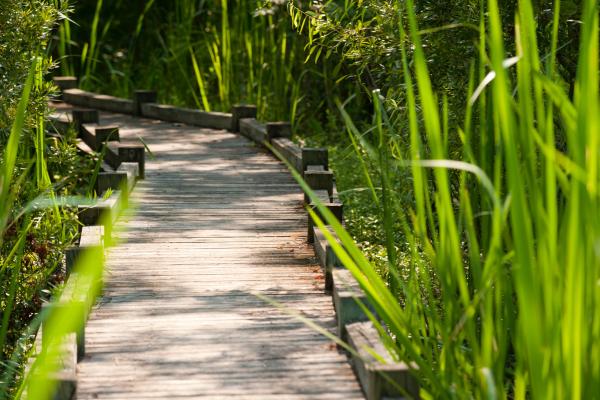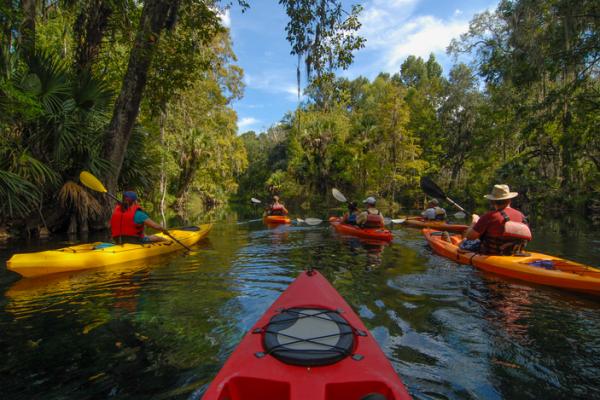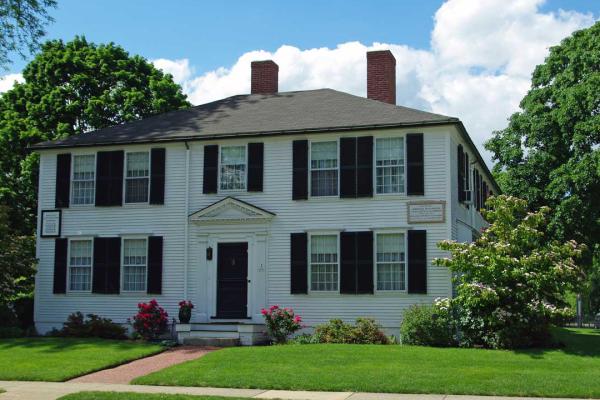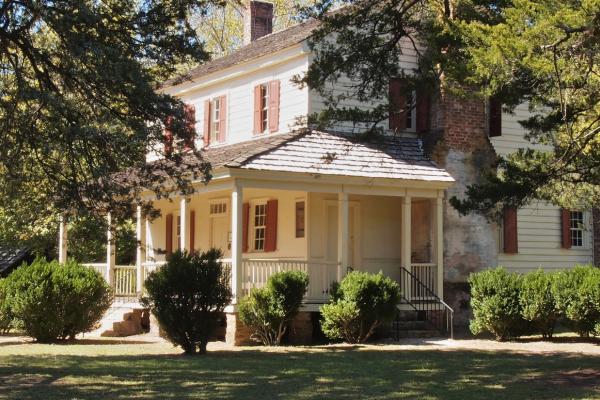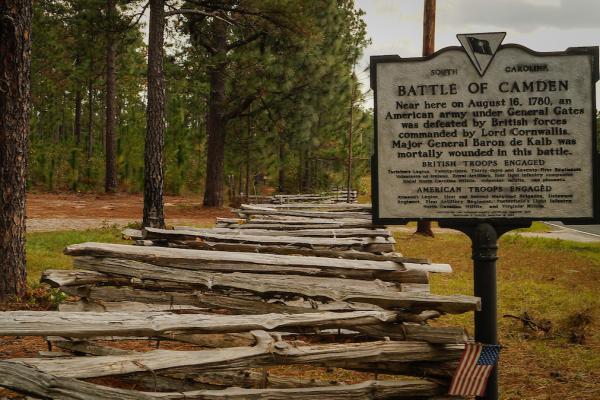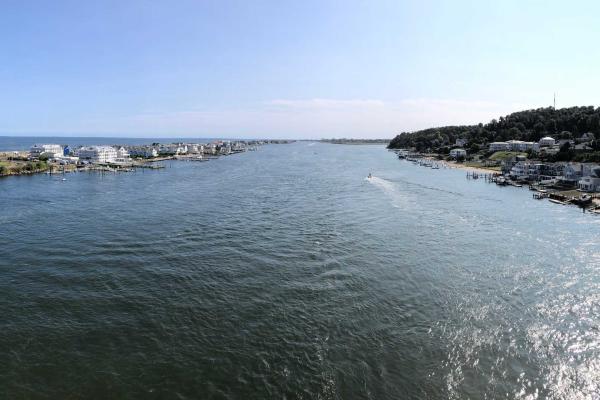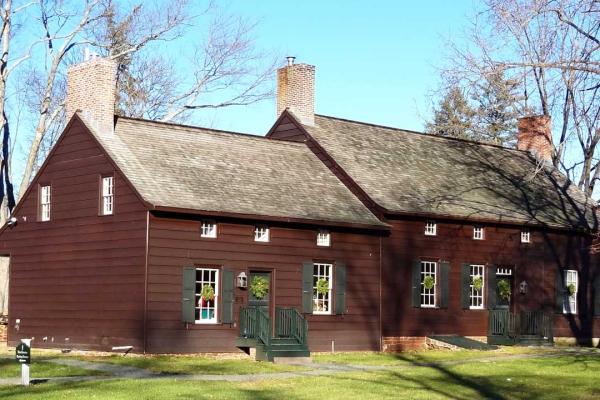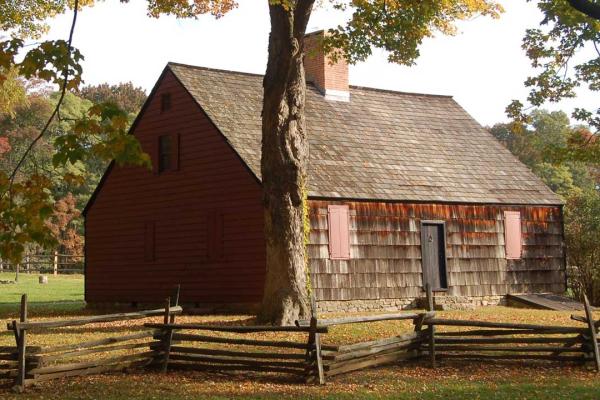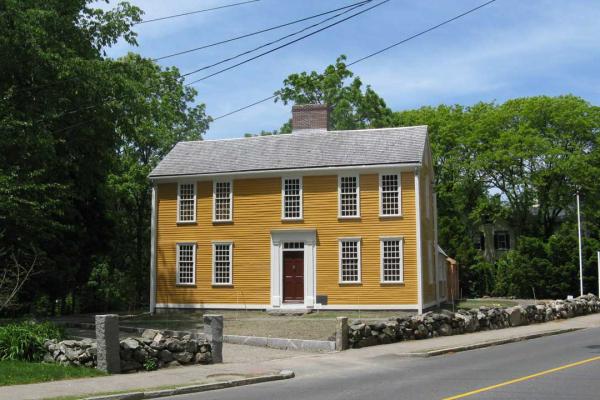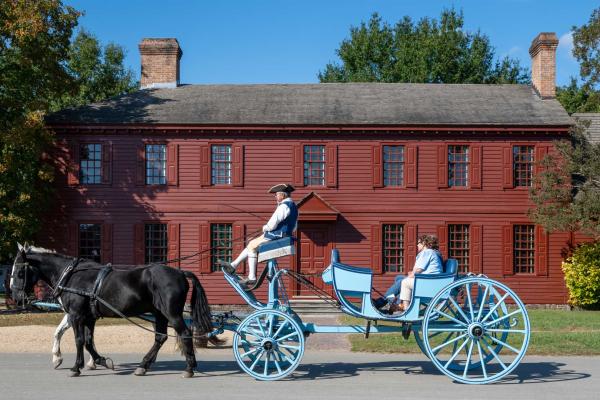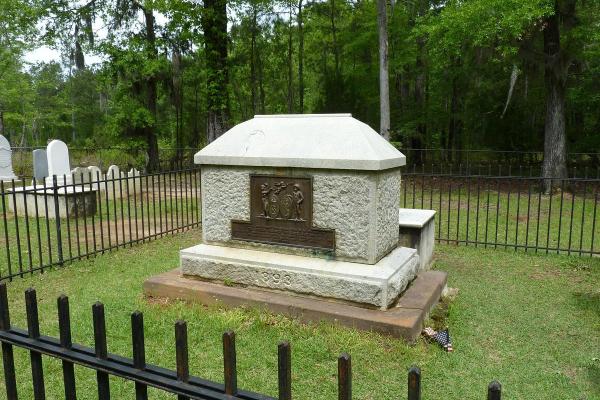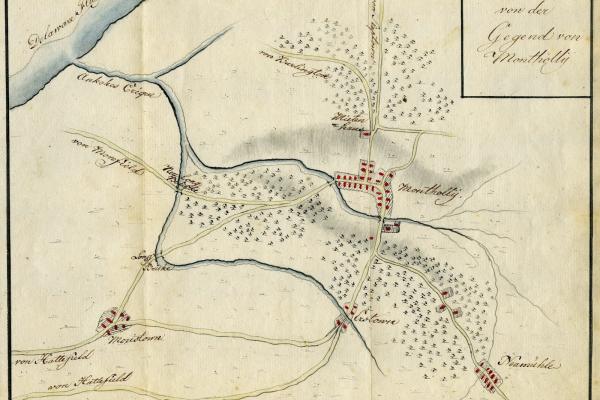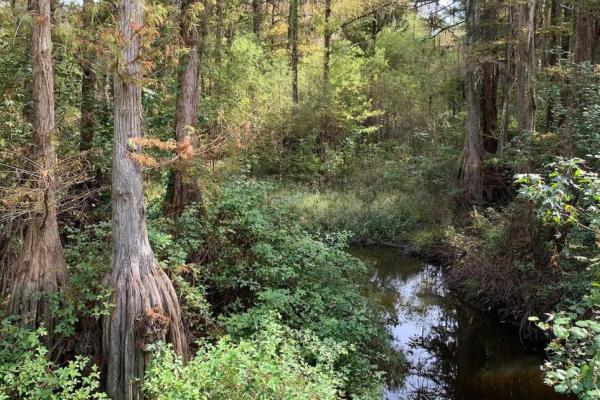The Blog |
Reposted from battlefields.org The British strategy for winning the rebellion in North America had changed by 1779. After the defeat of General John Burgoyne’s forces at Saratoga in October 1777, and...
The Blog |
Reposted from battlefields.org The Colleton family was the only one of all the province’s original proprietors to cast their lot and fortune in South Carolina by establishing a family seat and actual...
The Blog |
Reposted from battlefields.org Unknown to the family who built their homestead at the time, the Mount Joseph Plantation would serve as a pivotal intersection for supply routes during the American...
The Blog |
Reposted from battlefields.org The thirteen feet of Major General Johann von Robais, Baron de Kalb’s obelisk monument stands in front of Bethesda Presbyterian Church in Historic Camden, South Carolina...
The Blog |
Reposted from battlefields.org As British forces continued their efforts to hold vital supply posts to the north of Charleston, South Carolina, they faced efforts by the swarming bands of Continental...
The Blog |
Reposted from battlefields.org John Slaughter, Southern Campaign of the American Revolution Group Superintendent, reflects on this Revolutionary War battlefield in celebration of 100 years of the...
Uncovering History
We invite you to visit the preserved locations along the Liberty Trail and to immerse
yourself in the extraordinary events that determined the fate of a nation.
Exploring History
We invite you to visit the preserved locations along the Liberty Trail and to immerse yourself
in the extraordinary events that determined the fate of a nation.
